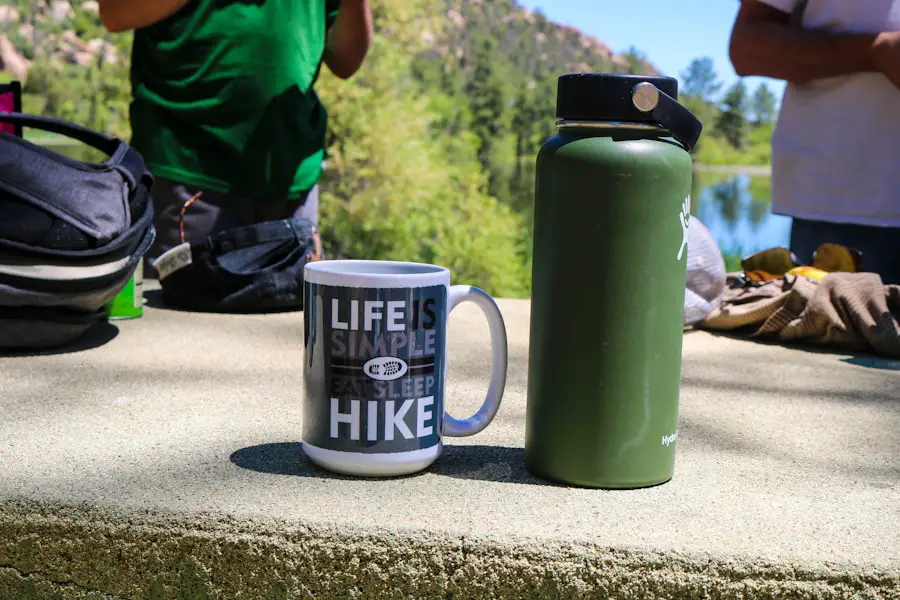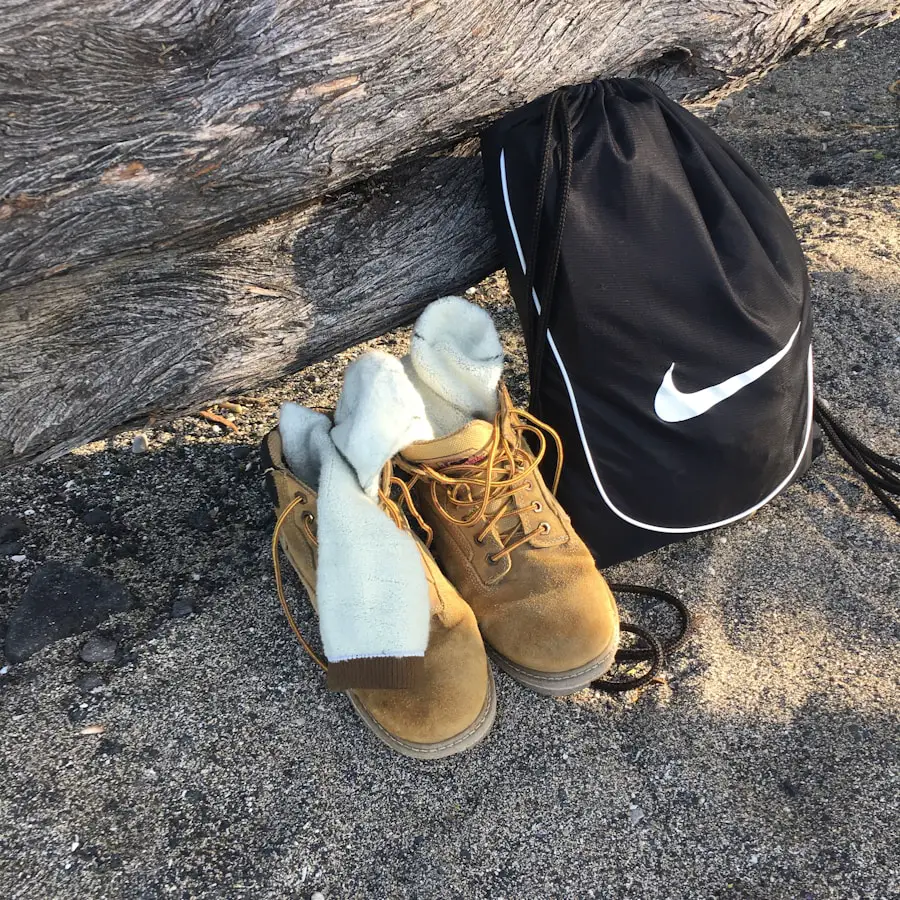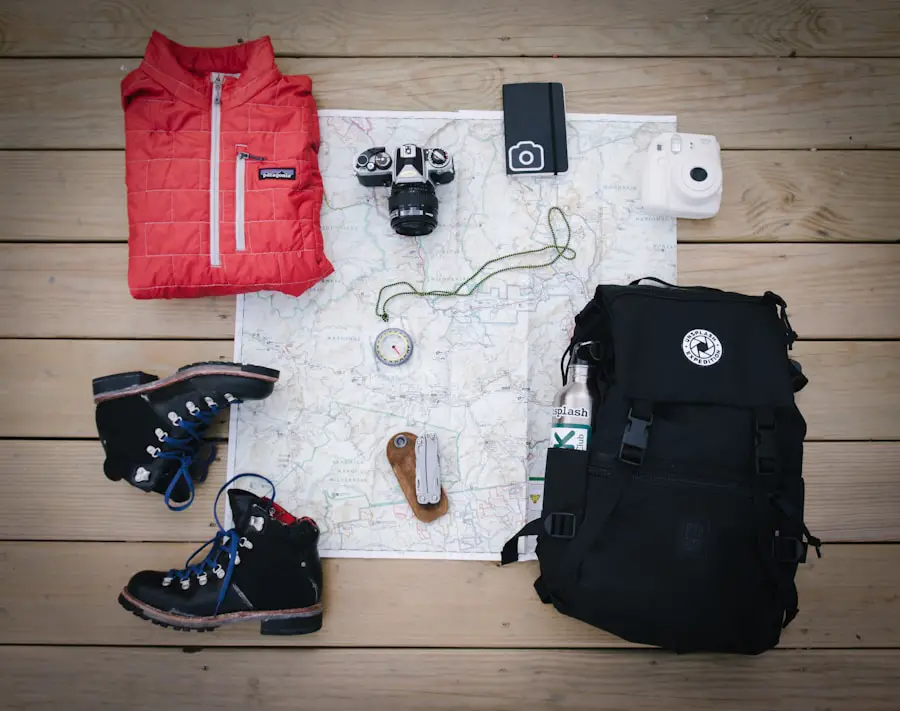Selecting the appropriate backpack is a fundamental step in preparing for any outdoor adventure, whether it be a day hike or an extended trek. The right backpack not only carries your gear but also contributes significantly to your comfort and efficiency on the trail. When choosing a backpack, consider the size, fit, and features that align with your specific needs.
Backpacks are typically categorized by their capacity, measured in liters, which indicates how much gear they can hold. For day hikes, a pack with a capacity of 20 to 30 liters is usually sufficient, while multi-day trips may require packs ranging from 50 to 70 liters or more. Fit is another critical aspect of selecting a backpack.
A well-fitting backpack should sit comfortably on your hips and shoulders, distributing weight evenly to prevent strain. Many manufacturers offer backpacks in various sizes to accommodate different torso lengths, so it’s essential to try on several options and adjust the straps accordingly. Look for features such as padded hip belts, adjustable sternum straps, and ventilated back panels, which can enhance comfort during long hikes.
Additionally, consider the organization features of the backpack, such as multiple compartments, pockets for water bottles, and attachment points for gear. These elements can make accessing your essentials easier while on the move.
Footwear is one of the most critical components of any hiking outfit, as it directly impacts your comfort and safety on the trail. The choice between boots and trail runners often comes down to personal preference and the specific demands of the terrain you plan to tackle. Hiking boots are typically designed for rugged conditions, offering ankle support and protection against rocks and debris.
They are often made from durable materials that provide waterproofing, making them suitable for wet or muddy trails. For those who frequently hike in challenging environments or carry heavy loads, boots can provide the necessary stability and protection. On the other hand, trail runners have gained popularity among hikers for their lightweight design and breathability.
They are more flexible than traditional hiking boots, allowing for greater agility and speed on the trail. Trail runners are particularly advantageous in dry conditions and on well-maintained paths where ankle support is less of a concern. Many hikers find that trail runners reduce fatigue over long distances due to their lighter weight and more natural foot movement.
However, it’s essential to consider the terrain; if you anticipate rocky or uneven trails, boots may offer better protection against potential injuries.
Key Takeaways
- Choose a backpack with the right size and fit for your body to ensure comfort and proper weight distribution.
- Consider the terrain and weather conditions when deciding between boots and trail runners for your footwear.
- Dress in layers and choose clothing that provides protection from the elements, such as waterproof and breathable materials.
- Bring both maps and GPS devices for navigation to ensure you have multiple ways to find your way on the trail.
- Stay hydrated with a combination of water bottles and filters to ensure access to clean drinking water during your hike.
Clothing: Layers and Protection
When it comes to outdoor clothing, layering is key to maintaining comfort in varying weather conditions. The three-layer system—base layer, insulation layer, and outer layer—provides flexibility and adaptability during hikes. The base layer is designed to wick moisture away from the skin, keeping you dry and comfortable.
Fabrics such as merino wool or synthetic materials like polyester are excellent choices for this layer, as they help regulate body temperature while preventing chafing. The insulation layer serves to retain body heat and can be made from materials like fleece or down. This layer is crucial during colder hikes or when temperatures drop unexpectedly.
Finally, the outer layer acts as a barrier against wind and rain. Waterproof jackets with breathable membranes are ideal for keeping you dry without causing overheating from trapped moisture. It’s also wise to consider additional protective clothing such as sun hats, gloves, and gaiters, especially if you plan to hike in extreme weather conditions or through dense vegetation.
Navigation Tools: Maps and GPS

Navigating through unfamiliar terrain requires reliable tools to ensure you stay on course. Traditional maps have been a staple for outdoor navigation for decades; they provide a comprehensive overview of the area, including trails, elevation changes, and landmarks. Learning how to read topographic maps is an invaluable skill for any hiker.
Understanding contour lines can help you gauge the steepness of trails and identify potential hazards or points of interest along your route. In contrast, GPS devices and smartphone applications have revolutionized navigation in recent years. These tools offer real-time tracking and can provide detailed information about your location with just a few taps on a screen.
However, reliance solely on technology can be risky; battery life can be an issue in remote areas where charging options are limited. Therefore, it’s advisable to carry both a physical map and a GPS device as a backup. Familiarizing yourself with both methods of navigation will enhance your confidence in the wilderness and ensure you can find your way back even if one tool fails.
Hydration: Water Bottles and Filters
| Product | Capacity (oz) | Material | Price |
|---|---|---|---|
| Nalgene Wide Mouth Water Bottle | 32 | Tritan | 19.99 |
| Hydro Flask Standard Mouth Water Bottle | 24 | Stainless Steel | 34.95 |
| LifeStraw Personal Water Filter | N/A | Plastic | 17.47 |
Staying hydrated is crucial during any outdoor activity, especially when hiking in warm weather or at high altitudes where dehydration can occur more rapidly. The choice between water bottles and hydration systems often depends on personal preference and the length of your hike. Water bottles are straightforward and easy to refill at streams or water sources along the trail.
Many hikers prefer insulated bottles that keep water cool for extended periods. For longer hikes or multi-day trips, hydration systems such as bladders or reservoirs integrated into backpacks can be more convenient. These systems allow for hands-free drinking through a tube, enabling you to hydrate without stopping frequently.
Regardless of your choice, it’s essential to consider water purification methods when sourcing water from natural bodies. Portable water filters or purification tablets can eliminate harmful bacteria and parasites from untreated water sources, ensuring that you stay healthy during your adventure.
Nutrition: Snacks and Meals
Proper nutrition is vital for maintaining energy levels while hiking. The right snacks can make a significant difference in your performance on the trail. High-energy foods that are easy to carry include nuts, energy bars, dried fruits, and jerky.
These items provide quick sources of carbohydrates and protein that can help sustain you during long stretches of hiking without access to meals. For longer hikes or multi-day trips, planning meals becomes essential. Lightweight dehydrated meals are popular among backpackers due to their convenience and ease of preparation—just add hot water!
Additionally, consider packing ingredients that require minimal cooking or preparation time, such as instant oatmeal or pre-cooked rice packets. Balancing carbohydrates, proteins, and fats in your meals will help maintain energy levels throughout your hike while ensuring you have enough fuel for challenging sections of the trail.
Safety Essentials: First Aid Kit and Emergency Supplies

Safety should always be a top priority when venturing into the wilderness. A well-stocked first aid kit is an essential item that every hiker should carry. Basic supplies should include adhesive bandages, antiseptic wipes, gauze pads, adhesive tape, pain relievers, and any personal medications you may need.
Familiarizing yourself with basic first aid techniques can also be beneficial; knowing how to treat blisters or minor injuries can prevent small issues from escalating into more significant problems. In addition to a first aid kit, carrying emergency supplies can be lifesaving in unexpected situations. Items such as a whistle for signaling help, a multi-tool for various tasks, fire-starting materials for warmth or cooking, and an emergency blanket can make a significant difference if you find yourself lost or stranded overnight.
It’s also wise to inform someone about your hiking plans before heading out; sharing your itinerary ensures that someone knows where you are supposed to be in case of an emergency.
Additional Gear: Trekking Poles and Headlamps
While not essential for every hiker, trekking poles can enhance stability and reduce strain on joints during long hikes or challenging descents. They provide additional support by allowing you to distribute weight more evenly across your body while navigating uneven terrain. Many hikers find that using poles helps maintain balance on slippery surfaces or steep inclines, making them a valuable addition to your gear list.
Headlamps are another piece of equipment that can significantly improve your hiking experience, especially if you plan to hike during early morning hours or after sunset. A headlamp allows for hands-free illumination while navigating trails in low-light conditions. When selecting a headlamp, consider factors such as brightness (measured in lumens), battery life, and weight.
Having a reliable light source can enhance safety by helping you avoid obstacles on the trail after dark or during inclement weather conditions. In summary, preparing for a hiking adventure involves careful consideration of various gear components that contribute to safety, comfort, and enjoyment on the trail. From selecting the right backpack to ensuring proper nutrition and hydration, each element plays a crucial role in enhancing your outdoor experience.
When preparing for a hiking trip, it’s important to consider what essentials to bring along. One crucial item to pack is a portable WiFi hotspot for international travel, which can provide you with internet access in remote areas. This will allow you to stay connected with loved ones or access important information during your hike. For more tips on what to bring on your outdoor adventures, check out this article on the 5 must-have minimalist travel backpacks for spring adventures in 2025: 5 Must-Have Minimalist Travel Backpacks for Spring Adventures 2025.
Love travel? Join Our Facebook Community For More Tips.
FAQs
What are the essential items to take when hiking?
Some essential items to take when hiking include a map and compass, water and water purification system, extra food, extra clothing, a first aid kit, a multi-tool or knife, a headlamp or flashlight, and a fire starter.
Why is it important to bring a map and compass when hiking?
A map and compass are important for navigation and can help hikers stay on the right trail and find their way in case they get lost.
How much water should I bring when hiking?
It is recommended to bring at least 2 liters of water per person for a day hike, and more for longer hikes or hikes in hot weather.
What should I consider when choosing food to bring on a hike?
When choosing food for a hike, consider the weight, nutritional value, and ease of preparation. It’s important to bring high-energy, lightweight foods that are easy to eat on the go.
Why is it important to bring extra clothing when hiking?
Bringing extra clothing is important in case the weather changes or in case of an emergency. It’s important to be prepared for unexpected weather conditions.
What should be included in a first aid kit for hiking?
A first aid kit for hiking should include items such as bandages, adhesive tape, gauze pads, antiseptic wipes, pain relievers, blister treatment, and any personal medications.
Why is it important to bring a multi-tool or knife when hiking?
A multi-tool or knife can be useful for various tasks such as cutting, repairing gear, or even for emergency situations.
Why is it important to bring a headlamp or flashlight when hiking?
A headlamp or flashlight is important for hiking, especially if the hike extends into the evening or if there are unexpected delays. It can also be useful in case of emergencies or if you need to signal for help.
Why is it important to bring a fire starter when hiking?
A fire starter is important for warmth, cooking, and signaling for help in case of an emergency. It’s important to be prepared for unexpected situations.
